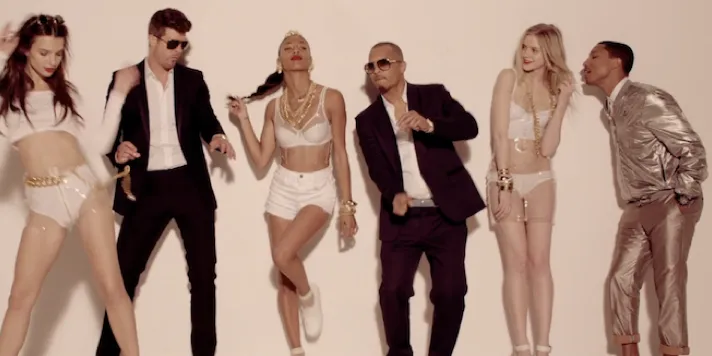First of all, the concept of the “male gaze,” introduced by Laura Mulvey in her essay, Visual Pleasure and Narrative Cinema (1975), is a critical framework for analysing how media represents and constructs gender roles. Mulvey argues that media, particularly classical Hollywood cinema, often positions women as passive objects of visual pleasure for a presumed heterosexual male spectator. At the same time, men are depicted as active agents of the narrative. This dynamic reinforces traditional gender roles and perpetuates power imbalances between genders. By examining how the male gaze operates in media, we can better understand how gender is constructed and reinforced through visual culture. This essay will explore the definition of the male gaze, its manifestations in media, critiques and evolving perspectives, and its continued relevance in understanding contemporary gender representations.
Some impacts are caused by the male gaze on women, this can be called female objectification. Some of the things that are caused by the male gaze are depression, anxiety, loneliness, self-harm and eating disorders. There are many more.
The male gaze is often the root of sexism, patriarchy and misogyny and its influence remains widespread. For certain groups, its impact is even more harmful for example black women, they are often depicted as hypersexual, compounding stereotypes linked to racism. Similarly, Asian women, are frequently fetishized as exotic women. Stereotypes like the blonde bombshell further restrict women to reductive and demeaning roles.
From a feminist perspective, the male gaze hurts women by limiting how they are seen and treated. It supports a system that puts men, especially White men, above others. For example, young girls in pageants or on social media are often dressed or posed in ways that make them look older or more sexual. Some might think these images are beautiful or powerful, but they come from a history of seeing women as objects for men. This keeps unfair ideas about women and gender alive and strengthens inequality.

This is from a music video called Blurred Lines by Robin Thicke. The music video reinforces the male gaze stereotype as there are women that are minimally dressed dancing around whilst fully dressed men are looking at them. The women are shown as decorative and passive, their sole purpose of being there is to be looked at by the men and the audience to attract them. When you listen to the music itself, the lyrics reinforce a power dynamic, the men are presented as active and dominant while the women are sexualised and objectified. Then the further depiction of the male gaze when the camera pans in certain scenes to the body of the woman directly, for example a car driving down the back of the woman.
Bibliogrpahy:
http://www.luxonline.org.uk/articles/visual_pleasure_and_narrative_cinema%28printversion%29.html
https://www.verywellmind.com/what-is-the-male-gaze-5118422#toc-is-it-harmful


You explained the male gaze clearly, mentioning that it is often the root of sexism, patriarchy and misogyny globally. The example you have chosen matches with the concept, making this theory easier to understand. You could have maybe expanded a little bit more, talking about possible solutions of countering the male gaze. Overall, I enjoyed reading this blog post, because of it’s simplicity.
Well done!
Hi, Kuba! I like your post very much, including your thoughtful and critical exploration of the male eyes in the media, especially through the lens of music videos. For example, I think it may be valuable to consider how the audience itself has evolved. For example, how media literacy and feminist discourse enable the audience to participate in these performances critically instead of passively consuming them. Emphasising challenges and progress may make this discussion more influential. Anyway, well done!